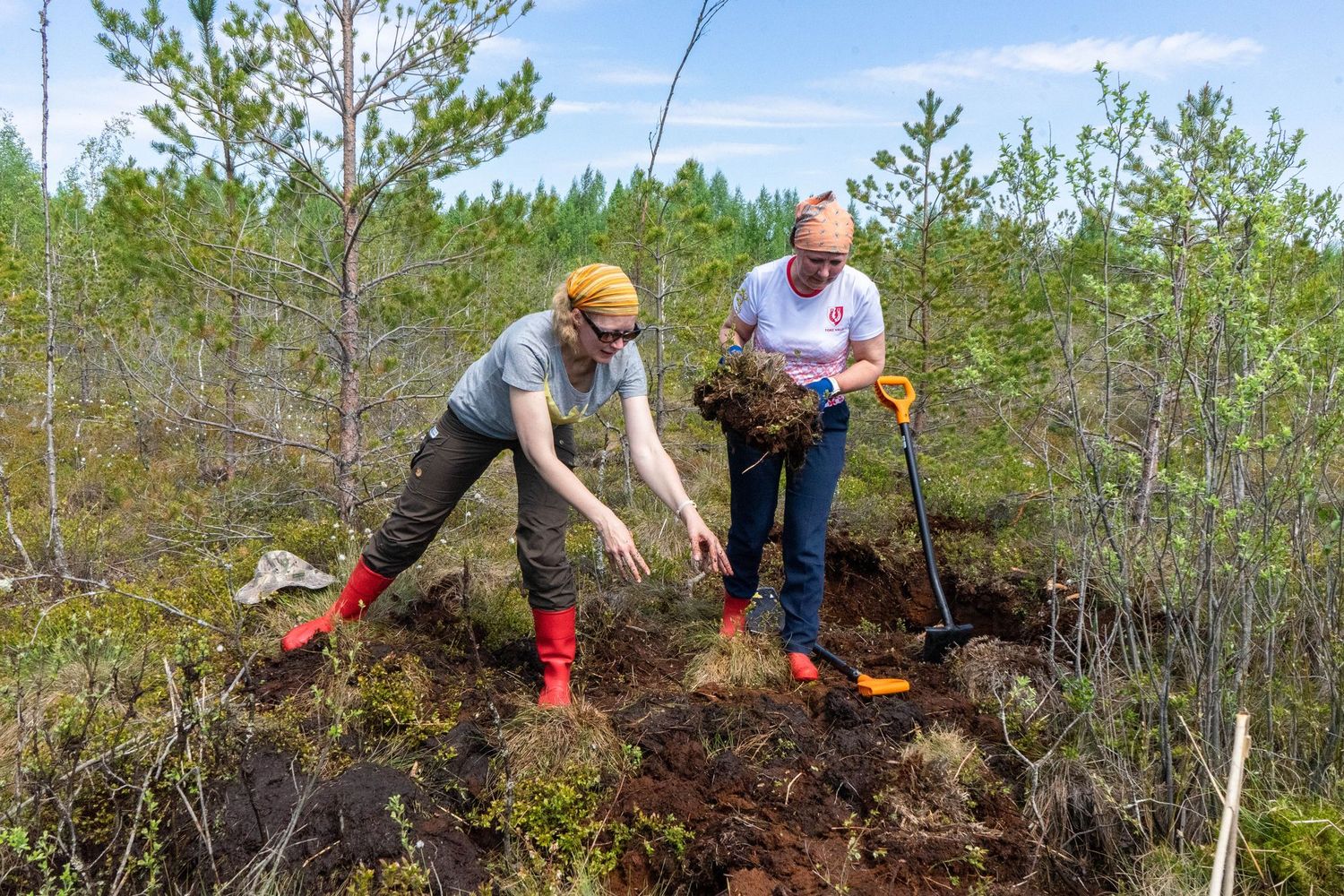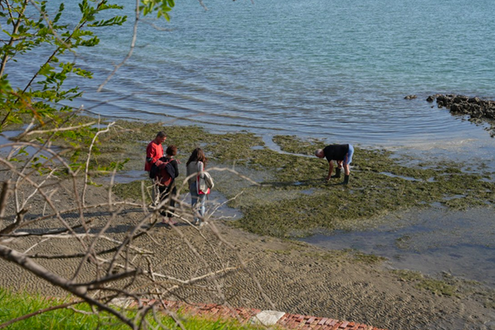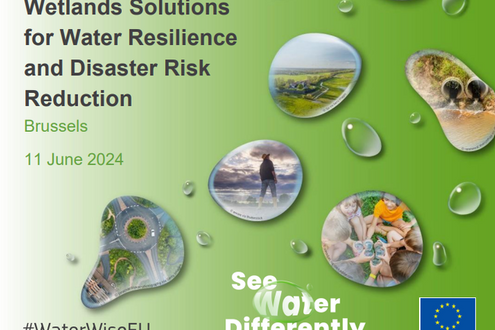As part of the WaterLANDS project, the Estonian Action Site partners are restoring the Kõrsa mire in Pärnumaa. The Kõrsa abandoned peat extraction fields are drained, with insufficient revegetation. Through restoration, the aim is to raise the water table to near ground level, close to the natural level of the mire. The team will build hundreds of peat dams in the drainage ditches to raise the water level.
At some point, cultivated blueberries were planted in the Kõrsa drained peat fields, although blueberries would never naturally grow here. Through meeting with local stakeholders, the WaterLANDS team learned that the blueberries are important to the local community and are picked regularly. As raising the water table could affect the blueberry plants, the Estonian team offered locals the alternative of planting cranberries in the same area, which are more suited to mire habitats. Had the mire not been drained, it is likely that cranberries would grow there naturally.
The WaterLANDS team began to plant the cranberries at the end of spring 2024 with participation from the local community, including local government members and school students. Alongside the locals, the team also built the first peat dams in Kõrsa.
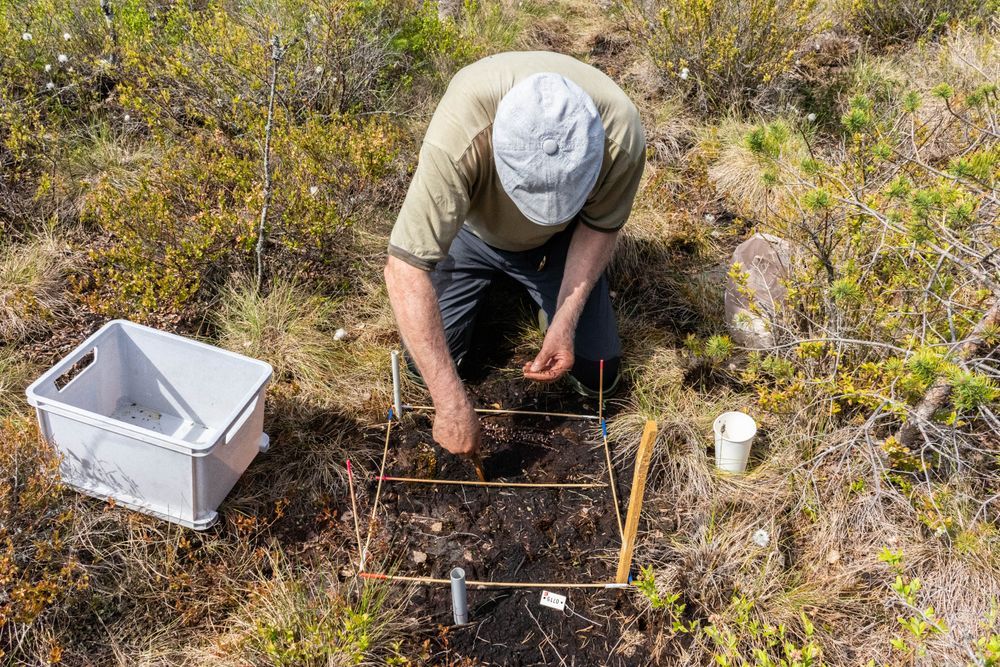
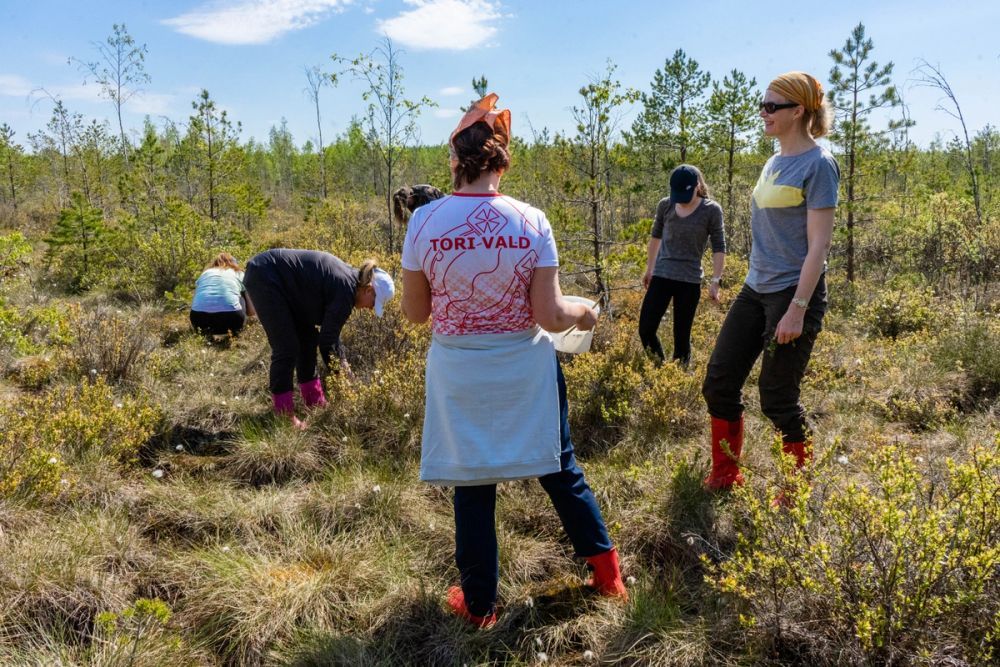
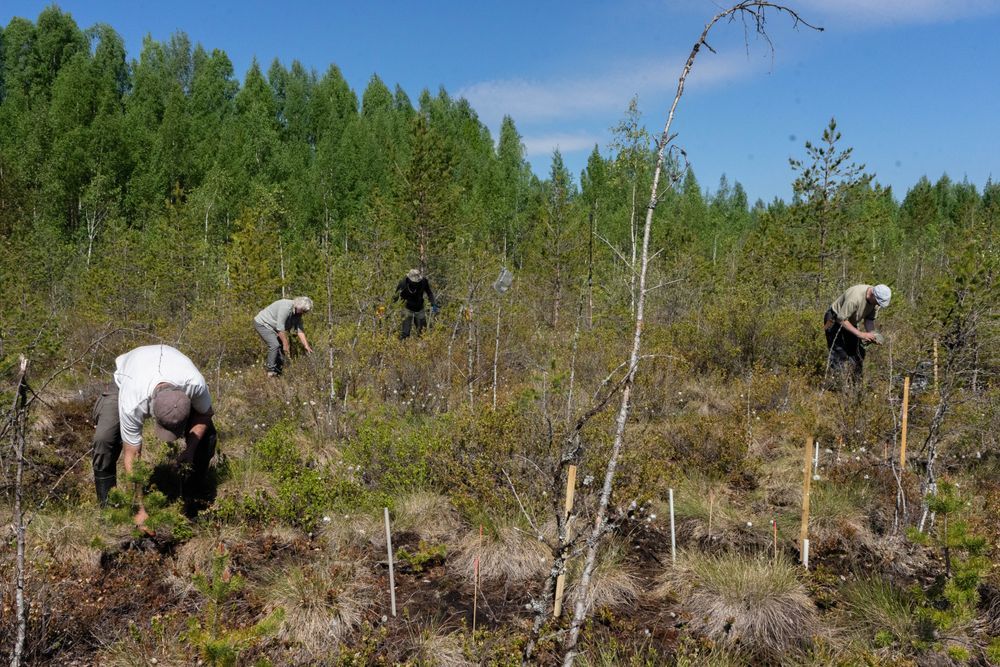
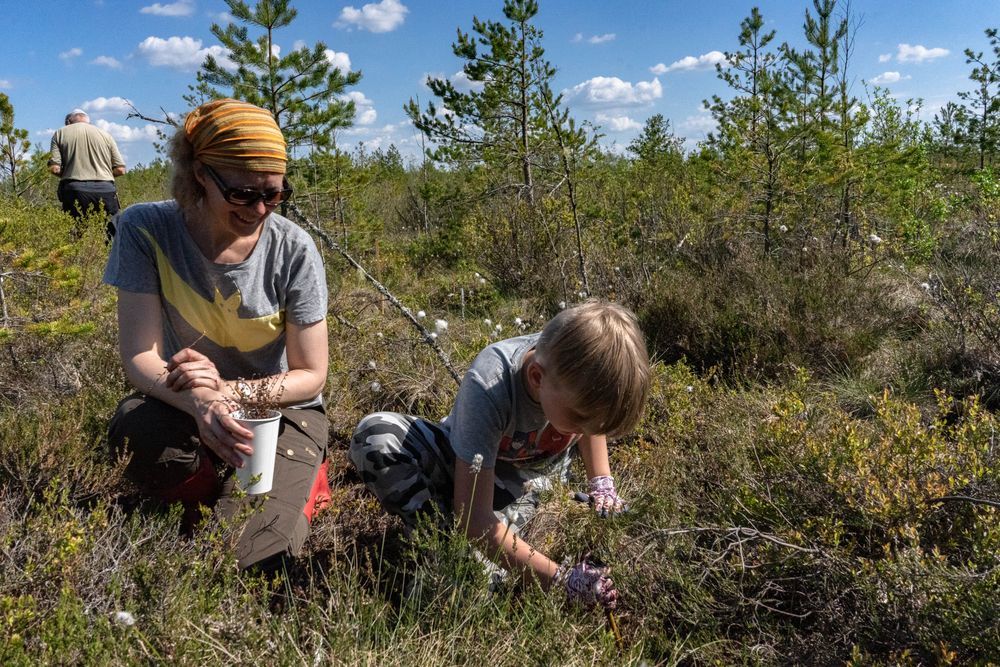
This is the first time the WaterLANDS team has carried out planting of this kind, and everyone is excited to see when the first cranberries will pop up. Cranberries are delicious sour berries that are full of vitamins and iron. In autumn this year, the team will plant more cranberries in Kõrsa with the community.
The Estonian partners will also open a citizen science trail in Kõrsa in autumn. The trail is aimed at educating and engaging the local community, but will also help the project experts to monitor changes in the mire following restoration.
Check out the video showing the cranberry planting!
Article by Mariliis Haljasorg, ELFond.
Photographs copyright of A.B. Erikson.
